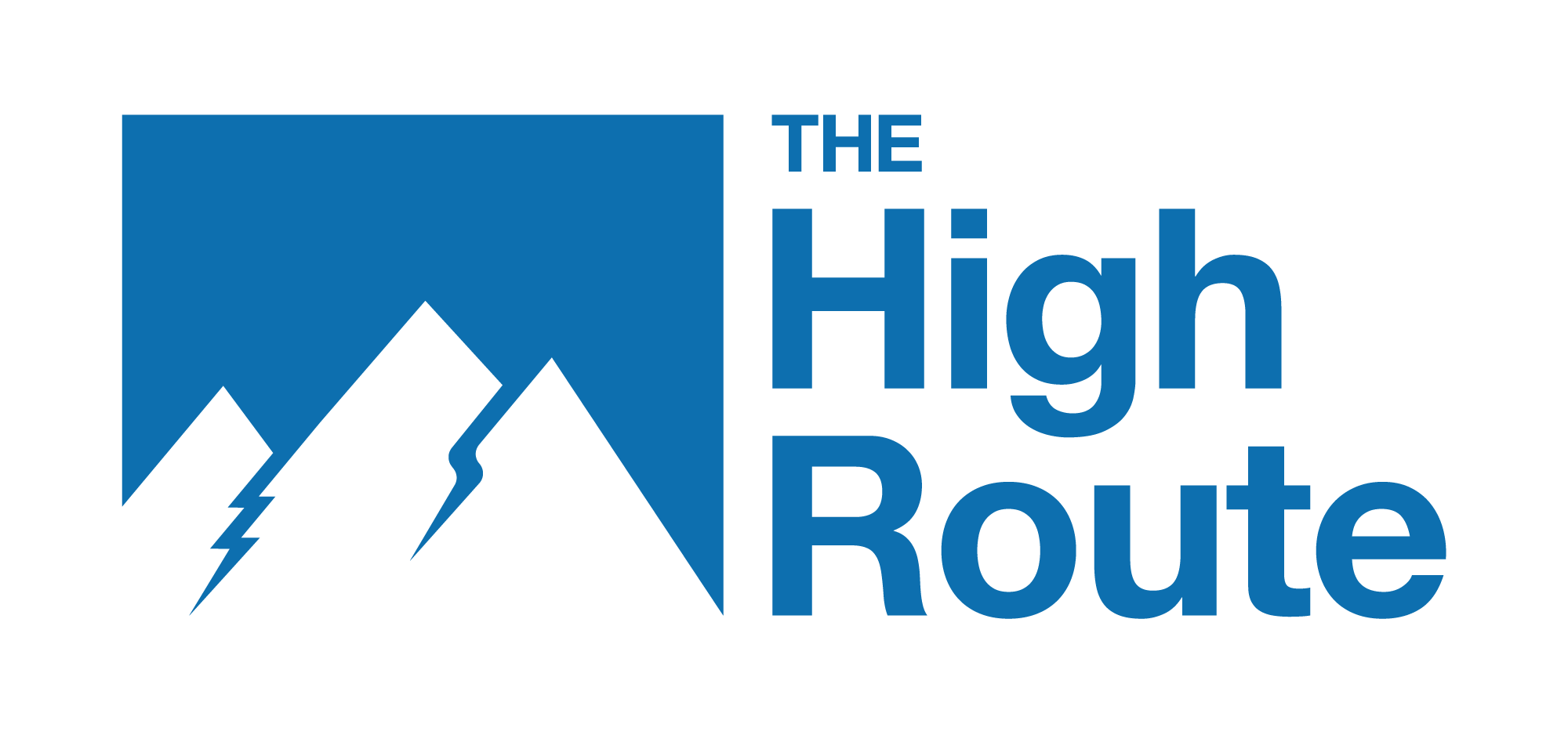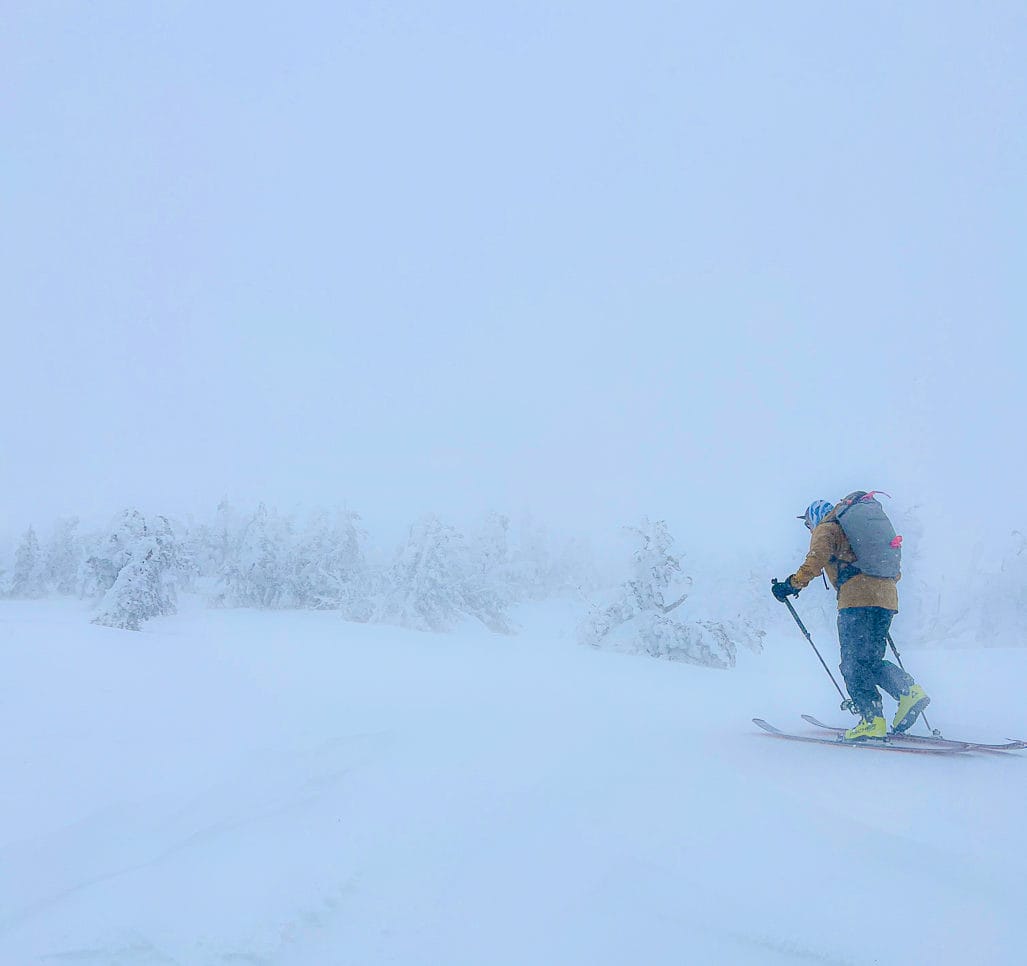I had a little reminder recently. Cruising in the backcountry can be fine and smooth and deep thought and turns until it’s not. No lives were threatened, though. And I was relatively close to the road. I had an Inreach, too. And a partner. However, on a short post-work skin and ski to the local bowl, we exited trees and continued into the alpine for a few hundred meters. Winds gusted to ~70mph, and visibility was the venerable inside of a ping-pong ball. While layering up for protection, with sleeves blowing this way and that, we must have looked like contortionists.
What should have been an otherwise simple transition was nearly a KO with a victory going to the elements. Pending a freak fall or ligament tweak, we were 100% fine.
But near numb digits and being hasty in harsh weather was a reminder that it could be worse.
This brings us to an excellent podcast episode from Uphill Athlete I listened to in early November. Steve House, a well-known alpinist and co-founder of Uphill Athlete and the ninth American certified as an IFMGA guide, details his experience in April 2018 when the group he was guiding became drawn into an ongoing tragedy. In short, a group of ten ski tourers, independent from House’s clients, met disaster after leaving Switzerland’s Dix Hut en route to the Vignettes Hut— both stops on the famed Haute Route.
Seven of the ten skiers in the guided group died as they open-bivied during a mega-storm. The storm was forecasted and well publicized.
This is no spoiler if you are unfamiliar with this tragedy. We’re not going into blow-by-blow details. But learning about the incident or revisiting along with House is well worth the time. If your interest isn’t piqued, some information might get you there. The guide leading the ill-fated group possessed no GPS device or digital track. This navigation oversight plays a large part in the drama, as do many other decisions that likely adversely impact the group.
Monday morning quarterbacking is real. Yet, the podcast doesn’t go there. House and the interviewer do great work teasing out the complexities of the incident and taking time to process in-depth reflections and learning opportunities.
During the podcast, House reflects on the complexity of being a human. Add to that innate complexity a rugged, unforgiving environment, and it serves as a reminder that many things must align, even when that alignment occurs deep in the background, for our trips and adventures to end well.
House raises more questions that are great to consider. He posits the concept that wilderness “can be right out the hut door,” it doesn’t always mean 20 miles off the grid and dropping into a remote first descent.
And near the podcast’s conclusion, the interviewer asks open-endedly, “What do we owe others, and to what do we owe ourselves and our families?”
I suppose it is a question we often don’t consider. It certainly got me thinking.
Additionally, the podcast speaks to a documentary (with subtitles) produced by SRF, the Swiss public broadcaster. This, too, is worth some time, as it provides interviews with those involved with the 2018 incident. (The documentary includes reenacted scenes.)
Either way, if you listen to the podcast as a stand-alone or in conjunction with the doc, you’ll be well served. There is much to learn.
To watch in English, turn on Closed Captioning. Then, select Settings > Subtitles > Auto-Translate > English.


